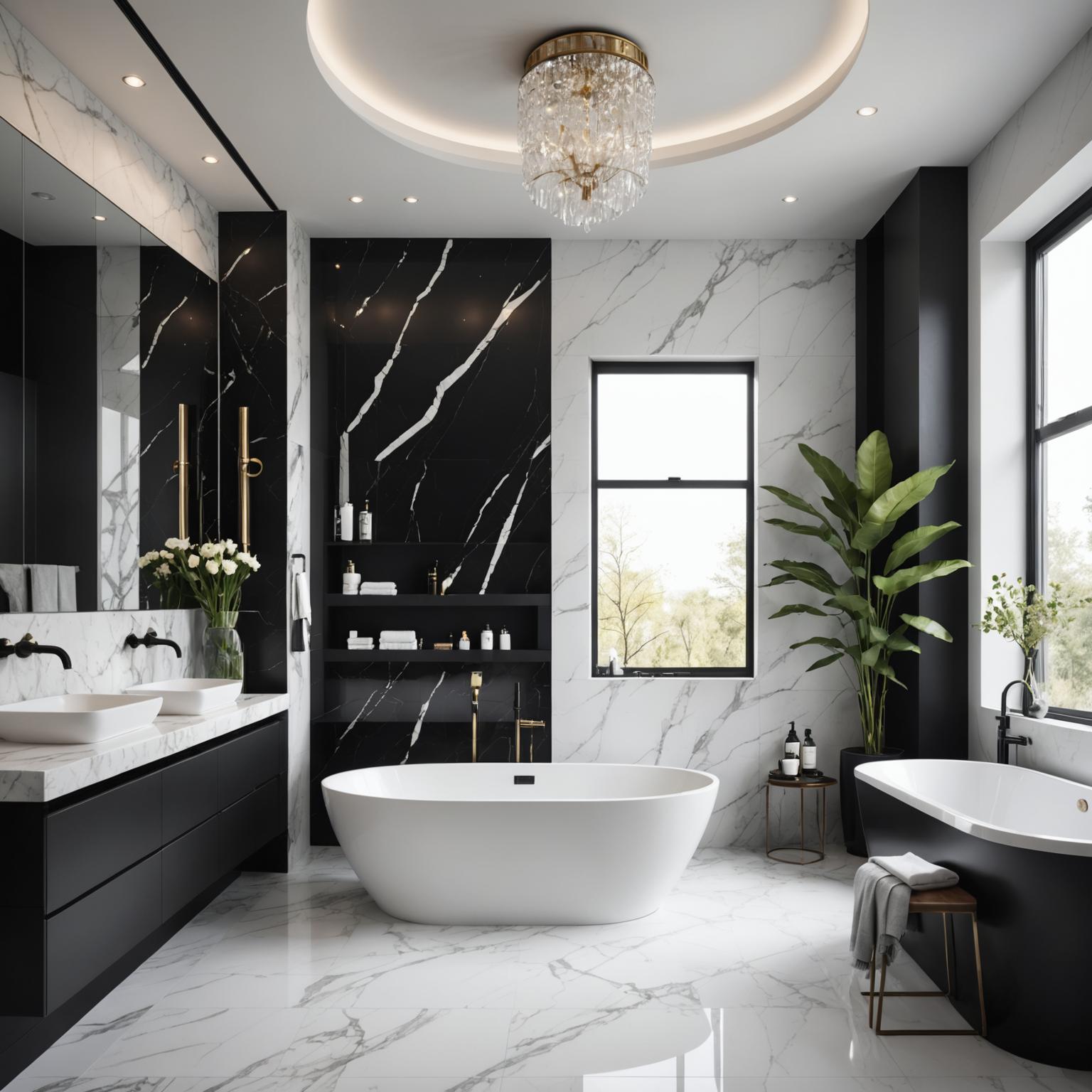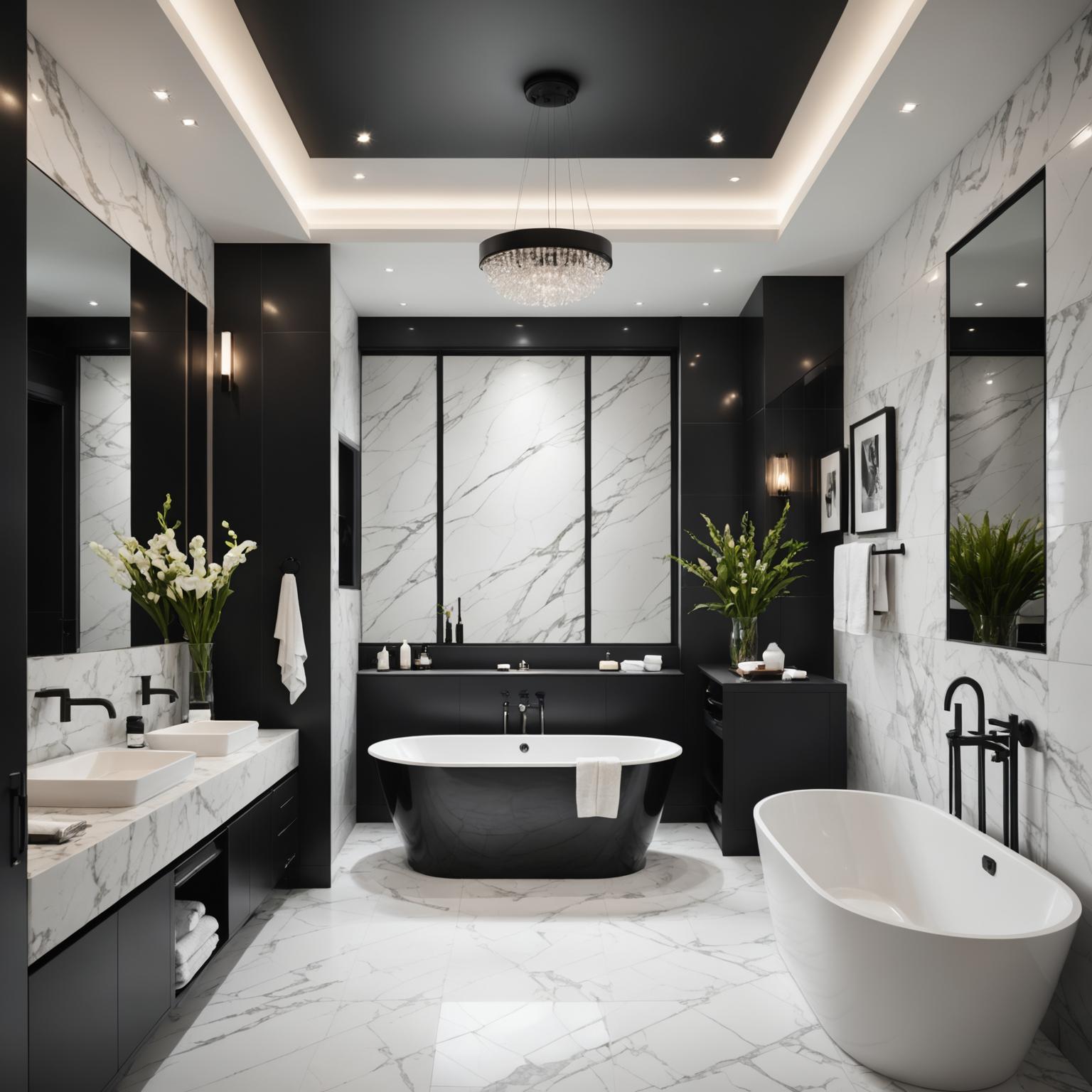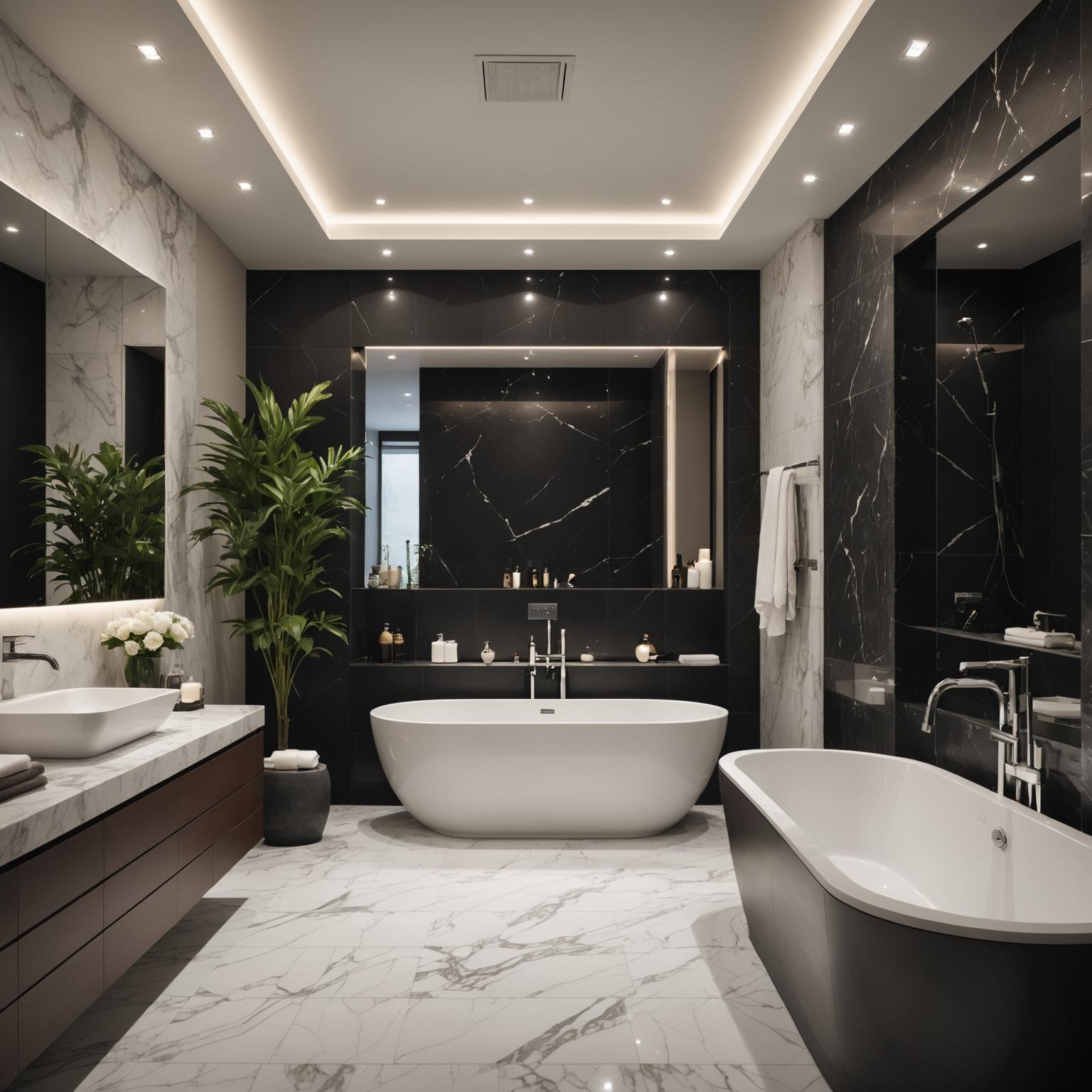Air curtain for pharmaceutical applications has become an essential technology in maintaining controlled environments within the industry. These devices, which create an invisible barrier of high-velocity air, play a crucial role in preventing contaminants from entering sensitive areas like cleanrooms and laboratories. By effectively blocking the ingress of dust, insects, and other pollutants, air curtains help uphold the stringent hygiene standards required in pharmaceutical manufacturing. This innovation not only enhances safety but also contributes to energy efficiency by reducing the need for constant temperature adjustments in controlled spaces.
The Basics of Air Curtain Technology
In the pharmaceutical sector, air curtains are designed to provide a seamless seal at entryways without physically obstructing passage. These systems work by blowing a steady stream of air across openings, creating a barrier that maintains internal air pressure and quality. For pharmaceutical facilities, this means protecting products from cross-contamination and ensuring compliance with regulatory standards like those from the FDA. The technology has evolved to include adjustable fan speeds and sensors that detect door movements, optimizing performance based on real-time needs. This level of sophistication mirrors advancements in other ventilation systems, where quiet operation and energy efficiency are prioritized to minimize disruptions in a work environment.
Importance in Pharmaceutical Settings
Air curtains are particularly vital in pharmaceutical environments where even minor contaminants can compromise product integrity. They help in regulating temperature and humidity, which is critical for storing and processing sensitive medications. In facilities dealing with sterile products, these devices act as a first line of defense against external pollutants, thereby reducing the risk of recalls and ensuring patient safety. The seamless integration of air curtains into existing HVAC systems allows for better overall air management, promoting a healthier workspace for employees. This technology's ability to operate with minimal noise and energy consumption aligns with sustainable practices, much like modern exhaust fans that maintain air quality without overwhelming the senses.
Benefits and Key Features of Air Curtains
One of the primary benefits of using an air curtain for pharmaceutical purposes is its role in energy conservation. By minimizing the exchange of air between inside and outside environments, these systems can reduce heating and cooling costs by up to 30 percent in some cases. Advanced models come equipped with high-efficiency motors and intelligent sensors that automatically adjust airflow based on environmental conditions, ensuring optimal performance without waste. Features such as customizable settings allow for tailoring to specific pharmaceutical needs, whether it's a high-traffic entryway or a controlled storage area. Additionally, the durability and low maintenance requirements make air curtains a cost-effective long-term investment, similar to how innovative bathroom ventilation systems provide reliable service with elegant design.
Installation and Maintenance Considerations
Proper installation of an air curtain for pharmaceutical use is key to maximizing its effectiveness. It should be positioned at the correct height and angle to create an uninterrupted barrier, often requiring professional assessment of the facility's layout. Maintenance involves regular filter checks and cleaning to prevent the buildup of particles that could affect performance. Pharmaceutical companies must also ensure that their air curtain systems are calibrated to meet industry standards, including regular testing for airflow velocity and barrier integrity. This proactive approach not only extends the lifespan of the equipment but also supports ongoing compliance with health regulations. Integrating such systems with smart technology can further enhance control, allowing for remote monitoring and adjustments, much like smart home-compatible ventilation solutions.
Future Trends and Conclusion
As the pharmaceutical industry continues to advance, the role of air curtains is expected to grow with emerging trends like IoT integration and enhanced filtration capabilities. These developments will make air curtains even more indispensable for maintaining pristine environments. In conclusion, investing in high-quality air curtains not only safeguards pharmaceutical operations but also contributes to overall efficiency and sustainability. By adopting this technology, companies can ensure a cleaner, safer future for their products and processes, ultimately benefiting global health standards.






